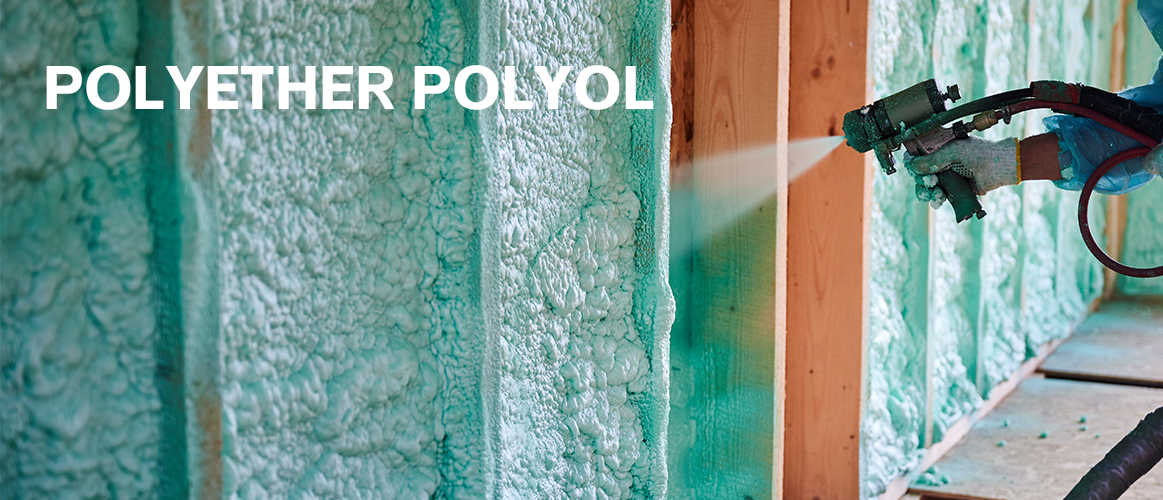
Polyether Polyol: The Key to Solving Insufficient Insulation Performance
2025-07-22 17:25Efficient thermal insulation is crucial in modern construction and industrial applications, directly impacting energy efficiency and operational costs. However, traditional insulation materials often face challenges like high thermal conductivity, complex installation, poor durability, significant space occupation, and limited fire resistance, leading to heat loss and inefficiency. Addressing these widespread insulation performance deficiencies, polyether polyol is emerging as a core solution.
The Challenge: Limitations of Traditional Insulation
Various industries commonly encounter the following bottlenecks when it comes to insulation:
High Thermal Conductivity: Requires thicker materials for the same insulation effect, consuming valuable space.
Complex Installation: On-site cutting and installation are time-consuming and labor-intensive, often creating "thermal bridges" that compromise overall effectiveness.
Durability Issues: Over time, materials can deform or degrade, leading to a decline in insulation performance.
Space Consumption: Thick insulation layers take up precious space, limiting design and application flexibility.
Fire Hazards: Some materials have poor fire ratings, posing safety risks in buildings.
These issues not only increase energy consumption but also affect comfort and equipment stability.
The Solution: Polyether Polyol Empowers Rigid Polyurethane Foam
Polyether polyol is a key raw material for producing rigid polyurethane (PU) foam. Rigid PU foam, with its unique closed-cell structure and extremely low thermal conductivity, effectively addresses the challenges mentioned above:
Ultra-Low Thermal Conductivity: Rigid PU foam boasts one of the lowest thermal conductivities on the market. Its internal structure, filled with numerous tiny, closed gas cells, significantly restricts heat transfer. This means thinner insulation layers are needed for the same insulation effect, resulting in substantial space savings in construction.
Excellent On-Site Foaming Capability: Polyether polyol allows for direct on-site foaming with other components (like isocyanates), forming a continuous, seamless insulation layer. Whether it's complex pipes, irregular walls, or equipment surfaces, rigid PU foam adheres tightly, eliminating thermal bridges and ensuring complete and uniform insulation. This significantly simplifies insulation material installation and boosts efficiency.
Structural Stability and Durability: Rigid PU foam, made from polyether polyol, offers high strength, dimensional stability, and excellent aging resistance. Even in humid or extreme temperature environments, its insulation performance remains stable long-term, resisting deformation, sagging, or water absorption that could degrade performance. This ensures lasting energy efficiency for buildings and equipment.
Lightweight and High Strength: While providing superior insulation, rigid PU foam is very lightweight, adding minimal structural burden. It also possesses inherent structural strength, capable of withstanding certain pressures.
Adjustable Performance: By adjusting the type of polyether polyol, its molecular weight, and functionality, the density, open/closed cell ratio, strength, elasticity, and flame retardancy of the polyurethane foam can be precisely controlled. This allows for customized insulation solutions tailored to specific application needs, providing great flexibility for rigid polyurethane foam R&D.
Conclusion: Towards a More Efficient Insulation Future
Facing increasingly stringent energy efficiency requirements and diverse insulation needs, polyether polyol provides a powerful and flexible high-efficiency insulation solution. It not only overcomes the limitations of traditional materials but also stands out as a high-performance insulation material in building energy efficiency, appliance manufacturing, and pipe insulation, thanks to its exceptional thermal performance, ease of installation, long-term stability, and customizability. By continuously optimizing the performance of polyether polyol, we are collectively driving insulation technology towards a more efficient and sustainable future.

